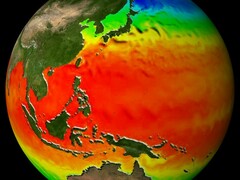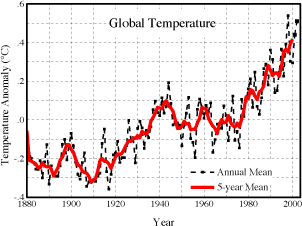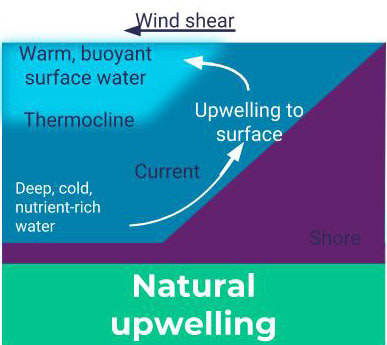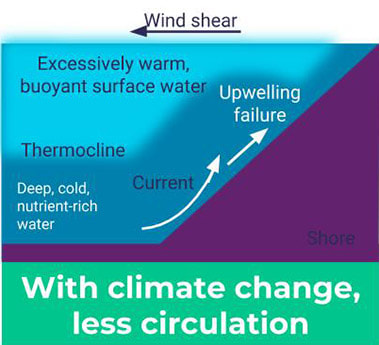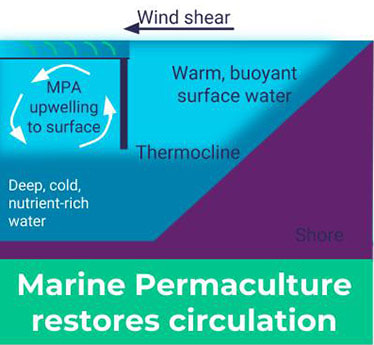What is Marine Permaculture?
Problem:
The heat is absorbed in the upper layers of the ocean. As there is increasing amounts of heat, the layer of warm water is becoming deeper and deeper. This deep layer of warm water that is blanketing the ocean has become so deep that it is preventing ocean upwelling.
In many parts of the world, a warming climate has prevented ocean upwelling—a natural process that brings nutrient-rich waters to the ocean surface which creates conditions for life in both aquatic plants and the animals that rely upon them. Without this natural upwelling, kelp forests and marine life seaweed farms are dying from lack of nutrition and overheating.
In many parts of the world, a warming climate has prevented ocean upwelling—a natural process that brings nutrient-rich waters to the ocean surface which creates conditions for life in both aquatic plants and the animals that rely upon them. Without this natural upwelling, kelp forests and marine life seaweed farms are dying from lack of nutrition and overheating.
SOLUTION:
Seaweed is more efficient at absorbing CO2 than the amazon rainforest!
Kelp forests are one of Earth’s most vibrant biomes and dynamic carbon sinks, drawing down more CO2 from the atmosphere by area than land-based rainforests do. They comprise a major tool in the fight against ocean acidification, climate change and biomass loss and hold the potential to help reverse global warming. In addition, kelp forests are the habitat and foundation of the food chain for countless of the fish and crustaceans many of us consume.
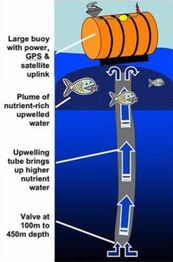 Architecture courtesy of AtMocean
Architecture courtesy of AtMocean
Warming ocean temperatures are presently undermining natural overturning circulation of nutrient-rich cold waters, which is causing kelp forests to be wiped out around the world. The Climate Foundation is working to restore this overturning circulation through wave- and solar-powered deep water pumps that sustain conditions conducive to forest growth. This technology is already being deployed in the Philippines, thereby restoring productivity to seaweed farms.
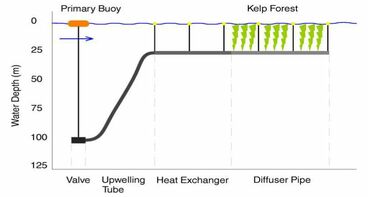
Floating, open-ocean kelp ecosystems placed in the oceanic deserts around the world could sequester atmospheric carbon and attract and grow fish, filtering out their waste and recycling nutrients. The kelp could be harvested to be used as biofuel, fertilizer, livestock feed, superfood and countless biomass applications and high-value extract. After high-value extraction at sea in the harvester bio-refinery, the kelp could be sunk to deep anoxic environments, locking 90% of the sequestered carbon away for millennia.
The large-scale regeneration and open-ocean cultivation of kelp forests will provide food, fuel and fertilizer for the 9 billion humans that are likely to inhabit the planet by 2040, while drawing down carbon dioxide from the atmosphere and leaving space on land for all those other uses.
To see what we are doing about it, click here http://www.climatefoundation.org/marine-permaculture.html
To see what we are doing about it, click here http://www.climatefoundation.org/marine-permaculture.html


